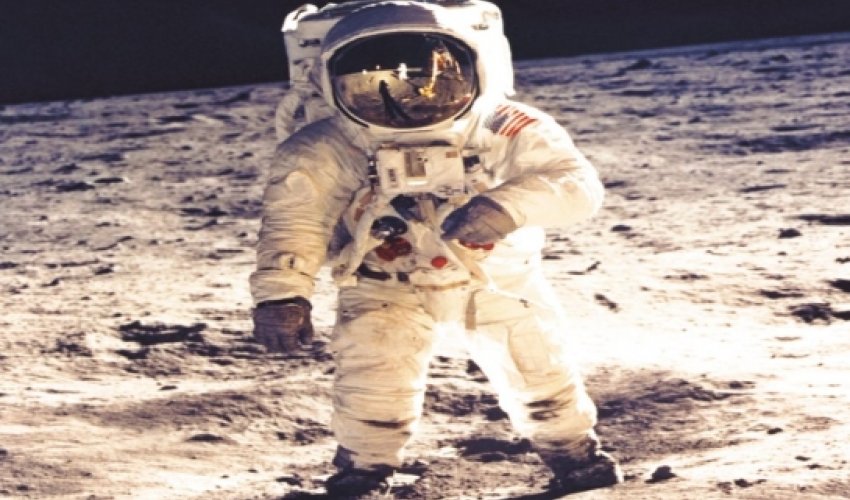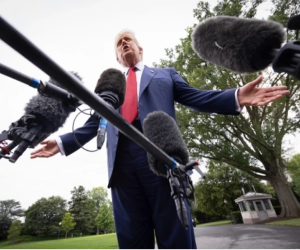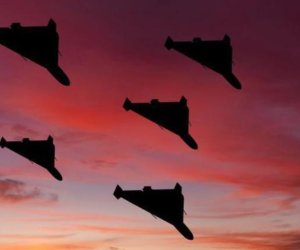Nasa releases 17,000 photos from Apollo program

This time 45 years ago, three Americans were orbiting the moon in the Apollo 8 space craft - the furthest from the Earth that any man had ever gone - and were paving the way for humanity's first successful mission to another celestial body.Astronauts Frank Borman, James Lovell and William Anders even read sections of the Book of Genesis as part of a Christmas Eve television broadcast. They were the first to photograph the Earth from far away and the moon up close - also capturing the now-famous 'Earthrise' photo while in lunar orbit.Now Nasa has released more than 17,000 photos from the 33 Apollo astronauts who made it into space for the lunar missions, including the 12 men who set foot on the moon's surface.The archive, released through the Nasa-funded Lunar And Planetary Institute, shows not only the famous photos of Apollo 11 but everyday work for the astronauts as they completed their scheduled tasks in what must be history's most breathtaking workplace.And the archive also shows that it wasn't a sight-seeing tour - with many of the photos showing experiments, lunar surface details and relatively mundane subject matter.Thankfully, some of the astronauts still retained their test-pilot sense of mischief - and a few incredible photos were taken against orders. The beautiful shot of the Earth rising over the moon's horizon, for example, may not have existed if the crew followed orders.After Lunar Module Pilot Anders had spotted the scene and was pestering Command Module Pilot Lovell for color film, Mission Commander Borman was heard telling him: 'Hey don't take that, it's not scheduled.'Anders did not respond, simply ignoring Borman and continuing to snap away. After all, being the first photographer to capture Earthrise was truly a once-in-a-lifetime experience.Among the photos are high-resolution versions of images taken by Neil Armstrong, after he became the first human being to stand on a celestial body other than the Earth.Armstrong's pictures of Edwin 'Buzz' Aldrin descending the Lunar Module ladder, saluting the U.S. flag and standing on the moon - as well as Buzz's self-portrait of his footprint on the powdery surface - never cease to be awe-inspiring.But one of the hidden treasures of the archive are pictures from the ill-fated Apollo 13 mission. Nasa has never been happy to draw attention to the mission, which came breathtakingly close to failure when an oxygen tank ruptured 200,000 miles away from Earth on April 14, 1970. It led to Lovell's famous understatement: 'Houston, we've had a problem.'The Apollo program had already lost three astronauts - Virgil 'Gus' Grissom, Edward White and Roger Chaffee had perished in a launch-pad fire during the unofficially titled Apollo 1 mission - and another disaster could have ended the program.Nasa has been so reluctant to shine a light on mission 13 that it even declined to help director Ron Howard in his 1995 film of the mission, starring Tom Hanks.But the Lunar And Planetary Institute photos show some of the ingenious methods the crew used to get their cripple craft home. Lovell and crew mate Jack Swigert can be seen cobbling together oxygen tubes, while another shot shows the rudimentary carbon-dioxide 'scrubber' they devised with help from ground staff that ultimately saved their lives.Below is a selection of the photos taken Apollo missions - manned and unmanned.(dailymail.co.uk)ANN.Az
Similar news
Similar news
Latest news 
More news 



































 Photo
Photo 



 Video
Video 

